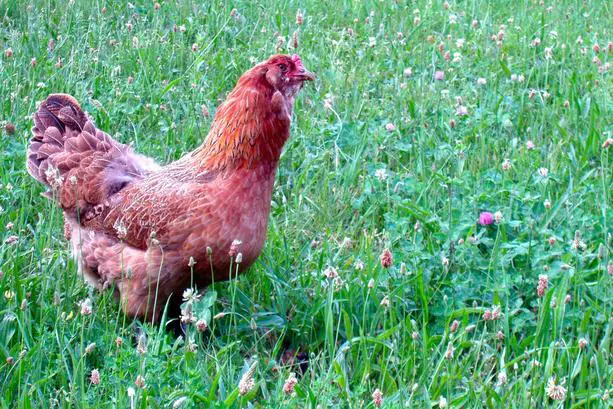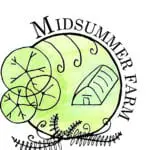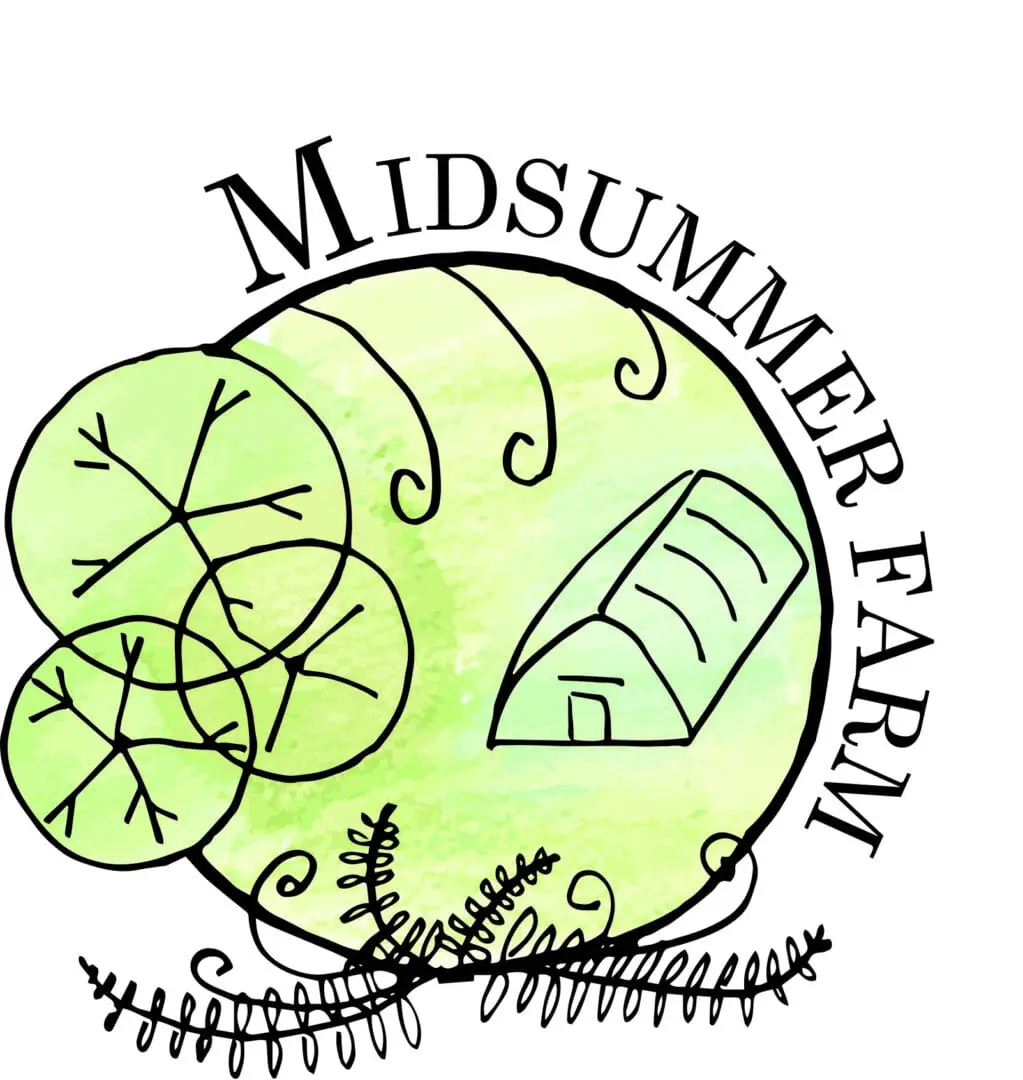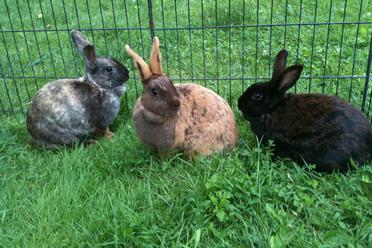
DO I BUY GRASSFED, ORGANIC, OR LOCAL?
I hear this question a lot! So I wanted to present the facts on these three terms so you can make the best and healthiest decisions when buying your food. Vegetables don’t eat grass – so we’re mostly referring to animal products here – Dairy, Eggs, and Meat.
Local. It is a very good thing to buy local. Economically speaking, buying local from locally owned and created businesses counteracts the huge corporations and puts money back into the hands of small family business. It is graceful and dignified. You walk into a small store designed and conceptualized by its owner, not by a franchise agreement; you buy necessary, quality products from a thoughtful selection rather than be overcome with mountains of aisles of unneeded items all “on-sale” being thrust at you under fluorescent lights. And buying your food specifically locally adds another layer of goodness, dignity, and grace.
Supporting local sources of food protects what I just saw referred to as our “foodshed.” I love that term. We are so lucky in this area to have so many wonderful food sources around us. Our foodshed is strong! Stronger actually than it has been for probably 50 years! By supporting producers of local foods, such as milk products, eggs, meat, vegetables, greens, or goods produced by local bakers, chefs, etc., you help strengthen that foodshed infrastructure.
Of all the local food businesses, farmers raising animals face some of the most dramatic and tough challenges. Most are not making much profit at all even if their prices seem higher than supermarket prices. There is simply no way for a small-scale farmer to raise animals correctly and humanely and charge a price that could compete with the supermarket price. That says something very serious and scary and depressing about the quality of the animal products in supermarkets. And it makes it so clear that spending money on those types of foods makes a huge difference.
Organic. The label of “USDA Organic” may be under a lot of scrutiny and it has its challenges and weaknesses, but when it comes to animal products, the Organicness, whether it is USDA certified organic or farmer-assured organic is very, very important. The word, “Organic,” on the product label means you have at the very least a reduced amount of chemicals, GMO’s, pesticides, antibiotics, hormones, etc. in the products. The less exposure you have to these things the healthier you’ll be; your body can focus on keeping you healthy and preventing illness instead of combating the effects of these poisons.
So don’t lose focus on the importance of organic. Local is great, but I don’t want to eat a local apple covered in pesticides or a local egg produced by a hen that eats genetically modified cheap soy feed all day long even if she is raised in my same town. Certified organic animal feed stringently forbids use of genetically modified soy, corn, etc. Ask your farmer if he/she feeds the animals producing your food certified organic feeds/grains – if the fed isn’t organic, it is mostly made of genetically modified ingredients.
Grassfed. I don’t mind animals being fed a little bit of certified organic grain, but for the most part I only want to buy grassfed animal products. Grassfed is very much a philosophy of raising animals. Grassfed is not a tenant of high-production agriculture; feeding your animals using grass or pasture is considered an archaic production practice because it is not highly productive.
Some history will clarify what I mean: in the past 70 years or so, the people making profit in raising eggs, meat, and dairy did so by turning to more-efficient growing methods, getting the animals off grass and into confined areas and feeding grain feeds. The feeding systems, the animal’s environments, the animal breeds themselves, all became high-production, assembly-line in style, and dependant on grain feed. The old, roomier, slower ways were forgotten as silly, or uneducated.
But now we’re also coming to realize that there are major issues with people’s health which are directly caused by our diets, and specifically linked to our ratios of essential fatty acids being way off. In a normal American diet, there are no Omega 3’s. With our “modern” and “highly evolved” way of getting high production out of animals, we lost a lot. I don’t understand why this is shocking. You get out what you put in. You are what you eat. You cannot expect to feed animals crappy feed in an overcrowded unnatural factory environment and get them to grow super fast, and expect the product produced to be of high quality.
When the animals that make eggs, meat, and dairy don’t eat grass, they cannot produce the Omega 3s in their products. If they are forced to be super layers, or super growers, or super milkers, they don’t have the time to metabolize the inputs; and the quality and nutrient density goes down in the outputs.
Grassfed has other connotations – it hopefully means that the animals are outside eating this grass – that they are getting other elements that they are metabolizing into their products like sunlight, exercise, being able to move about in a way that fulfills their instincts and drives. Unfortunately, the word “Grassfed” doesn’t have any regulations associated with it. It can be used on labels in less than ethical ways. The beef cows may only have access to pasture a couple days of the year. Or they may be fed on dry hay inside a factory barn or fed mostly grain with a little grass now and again. So you do have to be a bit critical when looking at a label. Does it say 100% grassfed? Does it explain the ‘finishing’ methods? The best way to know you are getting a true grassfed product that reflects what you envision it to be is to shop local. If the animals are supplemented with grain, you can ask if it is certified organic grain. You can go and visit the farm, meet the animals, judge for yourself.
So, the answer to my initial question is all 3! Where it is feasible, buy local, organic, grassfed products. The flavor, healthiness, and good karma makes it very much worth the effort!


